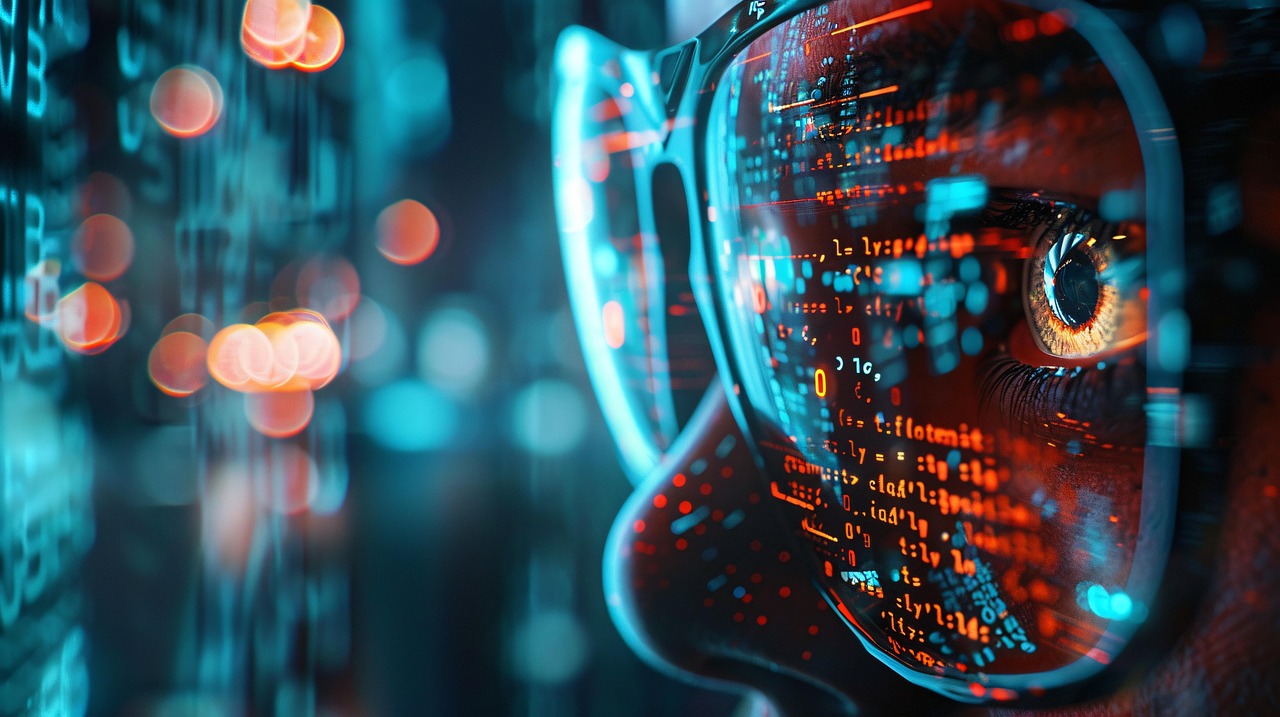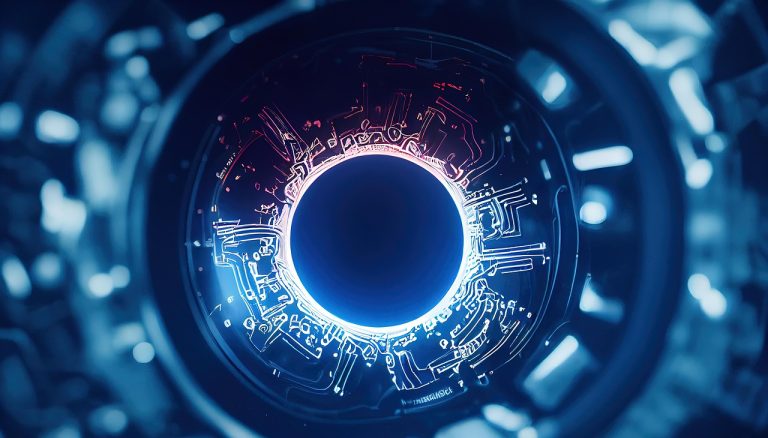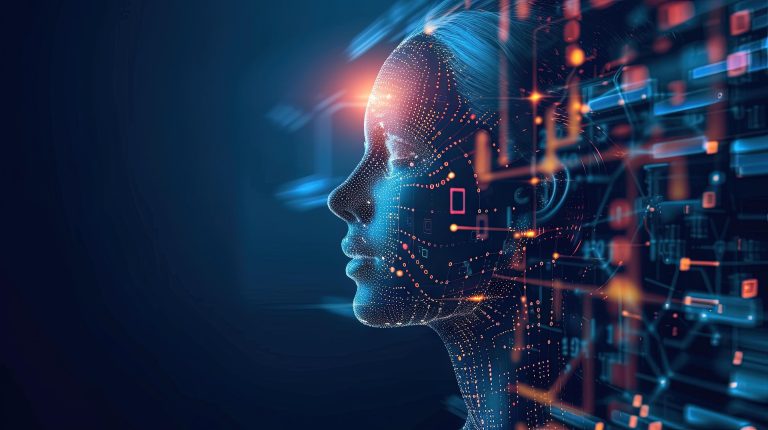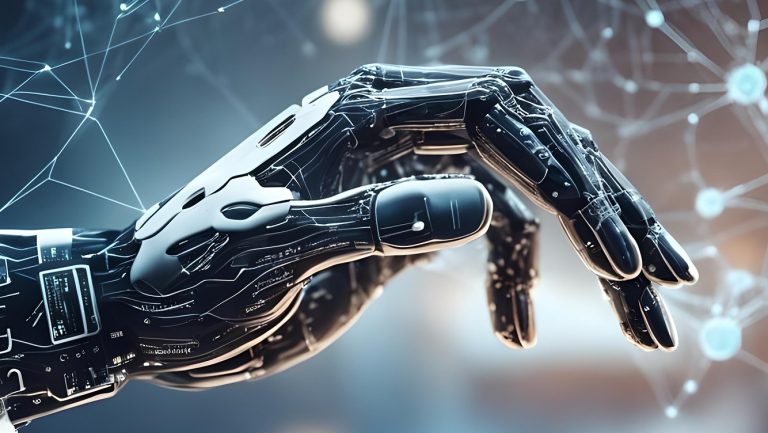When we say that “AI learns,” we don’t mean that it sits in a classroom and takes notes like students do. Instead, AI “learns” by processing huge amounts of data, recognizing patterns, and making predictions based on what it has seen before. It’s a form of learning that mimics human experience—but at an entirely different scale.
Let’s explore what “learning” means for machines and how different types of AI systems develop their intelligence.
What Does It Mean for a Machine to Learn?
In traditional programming, a human writes all the rules. If A happens, do B. But this approach doesn’t work well for complex or unpredictable problems—like understanding language, recognizing faces, or driving a car. There are too many variables to write down every rule.
That’s where machine learning comes in. Instead of telling the AI what to do in every situation, we let it learn from examples.
Just like a child learns to recognize a cat not by memorizing a definition, but by seeing many cats, an AI learns by being exposed to lots of data. The more quality data it processes, the better it becomes at making decisions or solving tasks.
Three Ways AI Learns
AI uses different learning techniques depending on the kind of problem it’s trying to solve. Let’s break them down:
1. Supervised Learning — Learning with Guidance
Supervised learning is like learning with a teacher. The AI is given a dataset that includes both inputs and correct outputs—for example, pictures of fruits labeled “apple” or “banana.” The AI analyzes these examples to learn the connection between input (the image) and output (the label).
Over time, it learns to generalize. When shown a new fruit image it’s never seen before, it can still guess the correct label.
📌 Real-life examples:
- Email spam filters
- Voice assistants like Siri or Alexa
- Detecting tumors in medical images
The challenge? Supervised learning requires lots of labeled data, which can be time-consuming and expensive to produce.
2. Unsupervised Learning — Discovering Hidden Patterns
In unsupervised learning, the AI is given raw, unlabeled data and no guidance. There are no “right answers.” The algorithm’s task is to find structure in the data.
It does this by looking for similarities, groupings, or outliers. For instance, it might find that customers who buy baby formula also tend to buy certain books—without being told to look for that pattern.
Real-life examples:
- Recommending movies based on viewing habits
- Detecting fraud in banking transactions
- Grouping similar news articles or customers
Unsupervised learning helps AI systems spot trends that humans might miss, making it incredibly powerful for exploring complex data.
3. Reinforcement Learning — Learning Through Trial and Error
Reinforcement learning is inspired by how we train animals—or even how humans learn to play games. The AI learns by interacting with an environment, trying different actions, and receiving feedback in the form of rewards or penalties.
Over time, it figures out which actions lead to the best outcomes. It’s not told what to do—it discovers strategies on its own by experimenting and adjusting its behavior.
Real-life examples:
- Self-driving cars learning to navigate safely
- Robots learning to walk or grasp objects
- AIs mastering complex games like Chess or Go
Reinforcement learning is especially useful for tasks where decisions must be made in sequence and where each action influences the future.
Why Does AI Learning Matter?
The way an AI learns shapes its capabilities, but also its risks. If it learns from biased or incomplete data, it might make unfair or incorrect decisions. If it’s trained in an uncontrolled environment, it could learn harmful behavior.
That’s why responsible AI development involves not just clever code, but also thoughtful data, careful testing, and ethical oversight.
💭 Thought-Provoking Question:
If we are the ones feeding data into AI systems, then aren’t we also shaping how machines see the world—and what they value?



